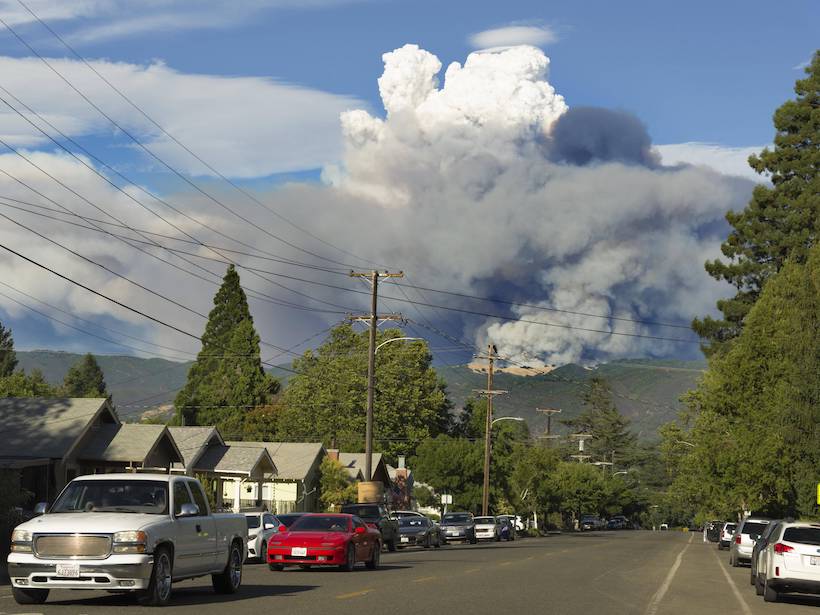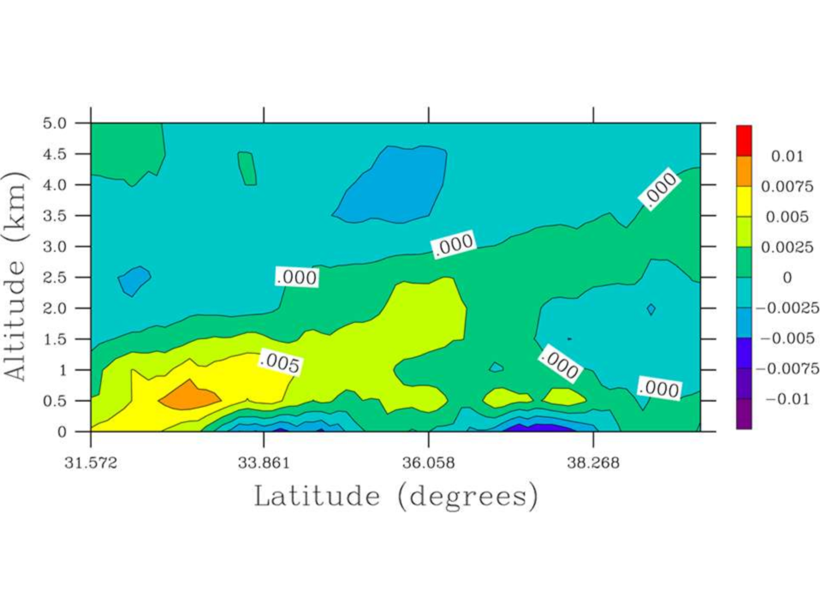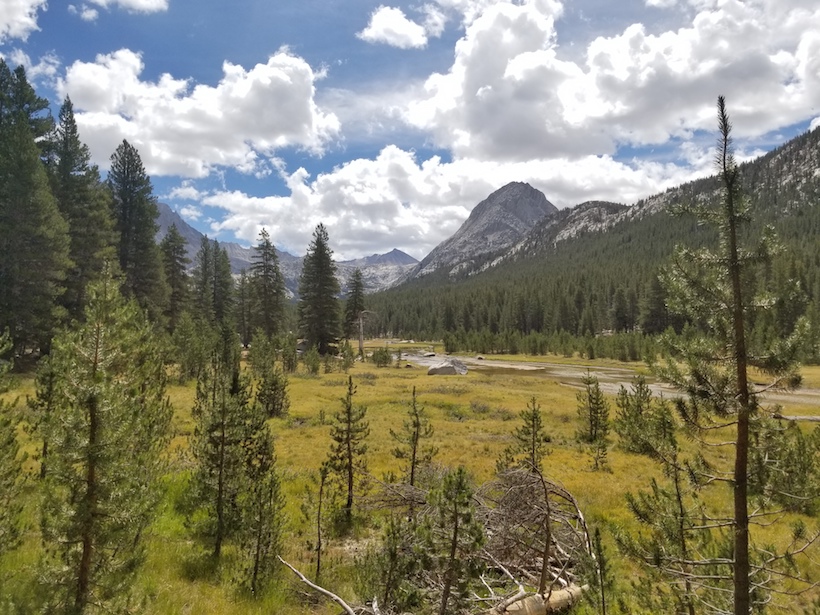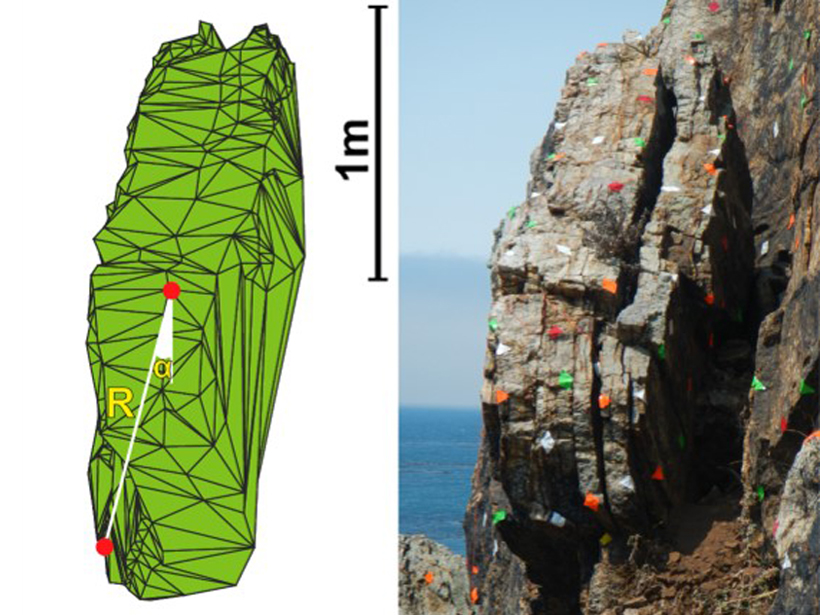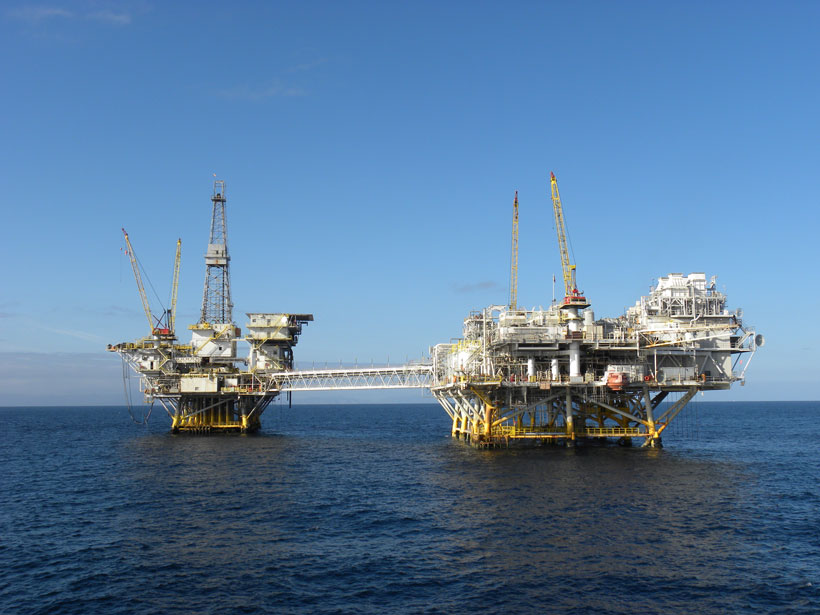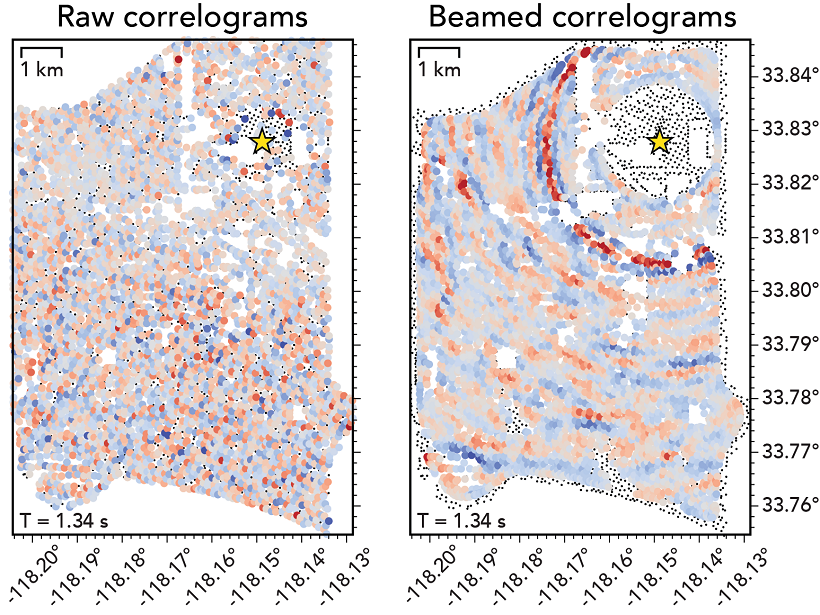New climate projections could inform long-term wildfire and water resources management strategies in California and Nevada.
California
Acidifying Oceans Could Get Help from Kelp
Forests of fast-growing kelp influence the chemistry of the water in which they live. A new study evaluates their potential to ameliorate ocean acidification in sensitive coastal ecosystems.
Comparing Impacts of CO2 and Particle Emission Reductions
Black carbon contained in airborne particles is often cited as a major factor warming the climate, but how much can California reduce climate change through reducing airborne particle concentrations?
Traversing the High Sierra on the People’s Paths
Living in Geologic Time: Backpacking through the past, present, and future of fire on the John Muir Trail.
Biggest Risk to Surface Water After a Wildfire? It’s Complicated
Whether you’re considering short-term or long-term changes to water quality after a wildfire, scientists agree that sedimentation is a big concern.
Southern California’s Crustal Motion Tells of Earthquake Hazards
Precise measurements of the Earth’s vertical surface motion help to elucidate the hazards of faults in an earthquake-prone region.
Earthquake Hazard Hanging in the Balance
Earthquake hazard calculations for California’s coast are refined with a view of precariously balanced rocks that would have fallen if the largest predicted shaking happened in the past 20,000 years.
Fibers Pick Up Silicon Valley Traffic Changes During Quarantine
Fiber-optic cables measured a 50% decline in Sand Hill Road traffic in March.
Los Costos Ecológicos de Remover las Plataformas Petroleras Mar Adentro en California
Las plataformas de perforación de petróleo- y gas-mar adentro son hábitats ricos para peces. Eliminarlas por completo resultaría en una pérdida del 95% de biomasa de peces, revela una nueva investigación.
Fine-scale Structure Mapped by Body Waves Extracted from Noise
A novel processing scheme was used to extract refracted body waves from ambient seismic noise and investigate the small-scale structure around a fault at Long Beach, California.

